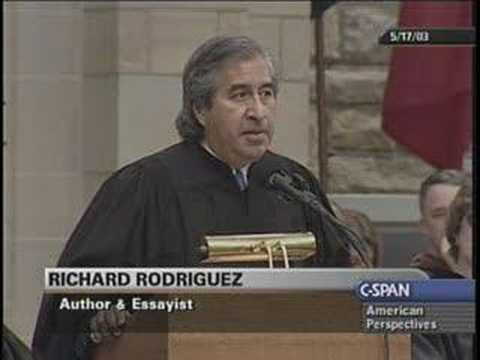Still Separate, Still Unequal (NY Times)
-A lot of school are still unequal although racial segregation in public education have been illegal for 65 years
-According to a recent Times article, “More than half of the nation’s schoolchildren are in racially concentrated districts, where over 75 percent of students are either white or nonwhite.”
-It is often found that schools are segregating students between white students and students of color
-Students do learn about segregation as a past part of history but schools are largely neglecting to teach them about the current status of segregation that is happening today
-A large sum of research shows that integration is an effective tool we have for achieving racial equity
-(segregation)On a map showing where segregation is low and high is shown in the article and it appears that starting from Maryland and going down south as well as Nevada and California there is a high level of segregation between black and white students
-(opportunity)When talking about opportunity and students being placed in higher advanced classes, from Virginia and down south from Virginia, including some of Texas, white students have better opportunities than black students
-(achievement gap) There is a huge problem in the eastern southern states when it comes to black students falling behind in classes compared to white students starting from Maryland and working down towards the rest of the eastern southern states
-(discipline) Looking at the map, it is evident that students of color are more likely to face discipline in their schools compared to white students which covers the majority of the United States, unlike some other categories which are certain parts of the region/specific states
-(segregation)When it comes to Hispanic students, states where you will find more medium-high uneven distribution between hispanic and white students are the eastern southern states, Maryland, scattered parts of Texas, California, Nevada, Utah, Southern Idaho, Wyoming, Colorado, and New Mexico
-(achievement gap) For hispanics, the problem of grade gap is highest in states such as Arizona, Utah, Colorado, California and Nevada, North Carolina and Maryland
-(discipline) States such as Massachusetts, Minnesota, and Pennsylvania seem to be more likely to discipline hispanic students more than white students
-(opportunity) Delaware, Maryland, North Carolina and Texas are the states where you will see that white children are placed in more advanced classes than hispanic students
-One reason for segregation in public education systems can be from the amount of money they receive in funding. Schools that consist of predominantly students of color received $23 billion less than mostly white school districts in 2016
-A way mentioned to get schools to be better for children is to take the state to court
-Some parents and students are finding that some children are more comfortable and prefer segregated schools when it comes to black children. Some parents like the idea of sending their black children to an all-black school instead of an integrated school
I think that students and others should know that segregation is still alive today in schools. Although it is illegal for public education to be segregated, there are still things that get in the way of integration. all throughout the United States there are equality issues within the disciplinary parts of schools, opportunity issues for black and hispanic students compared to white students, and the achievement gap in education (black and Hispanic children falling behind in grades). The text focuses on what issues come with segregation in schools but what could be a shock to some people is that some black students prefer to be in an all-black school for a variety of reasons. A big issue that I found while reading the article was that students today do not learn about how segregation is still alive because in school it is not talked about as a present problem, but it is brushed over as a past problem of history. I believe it should be talked about and taught more in schools today.







